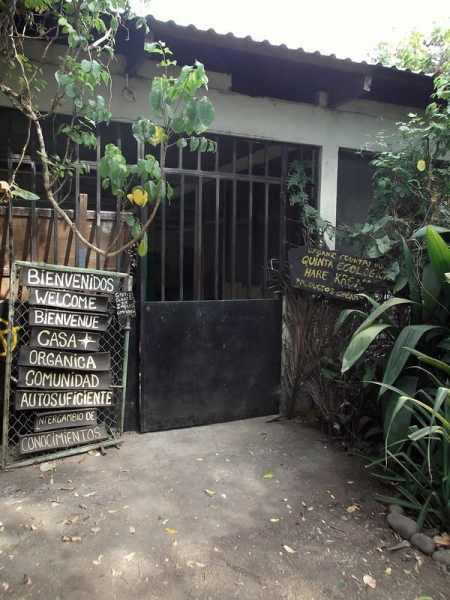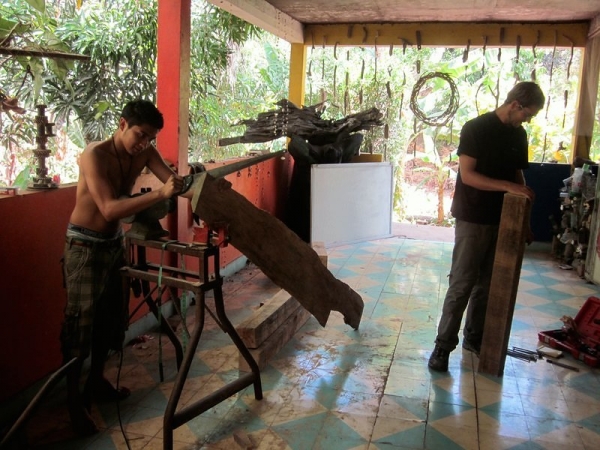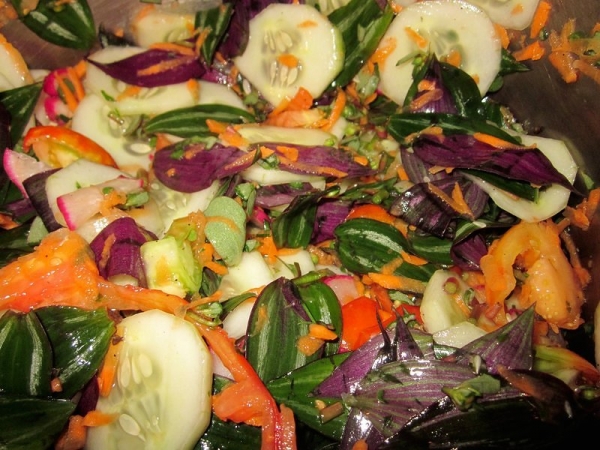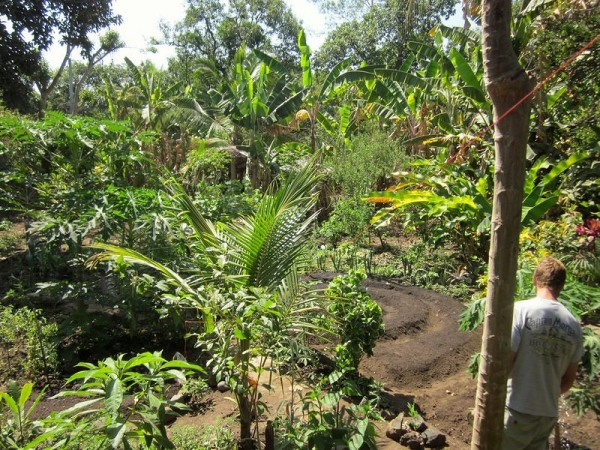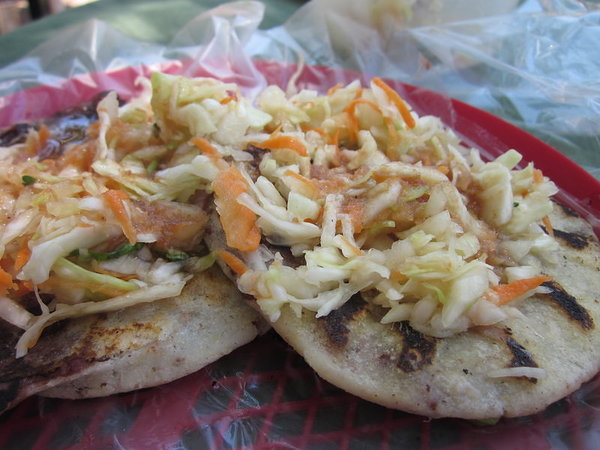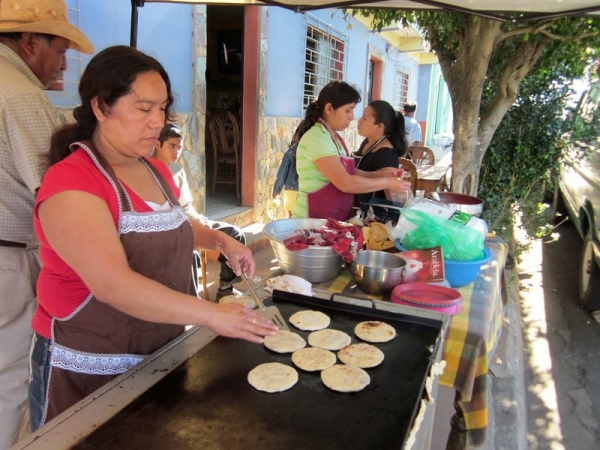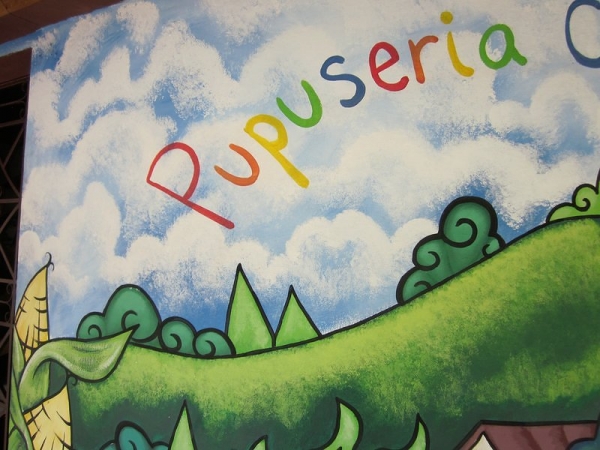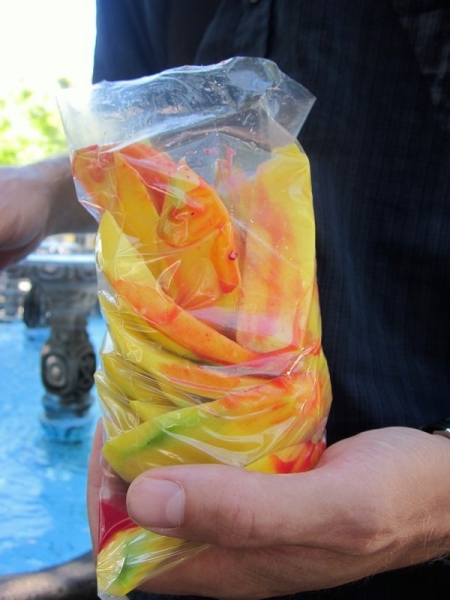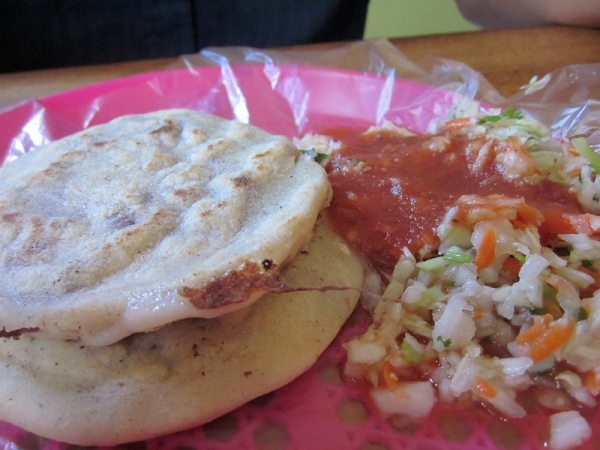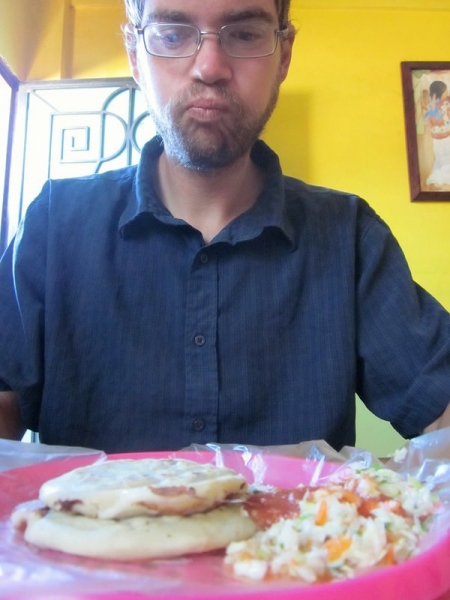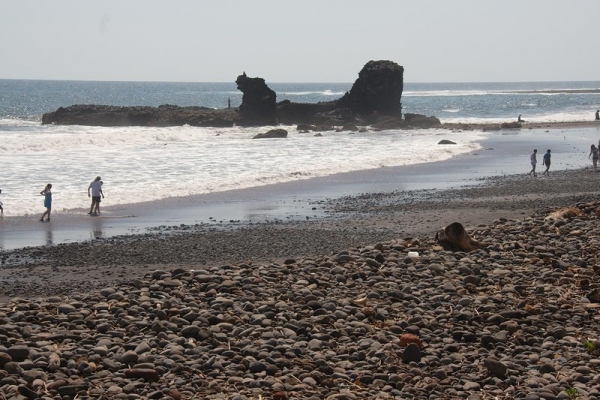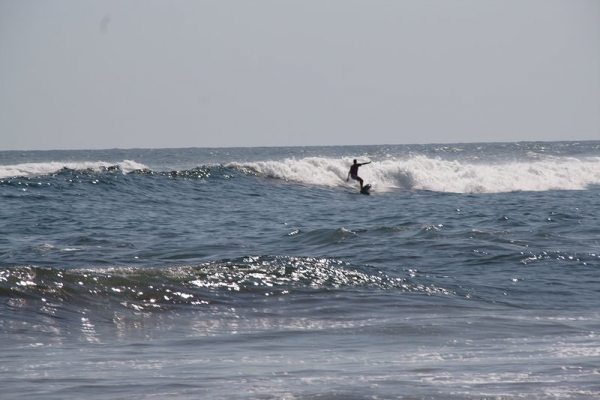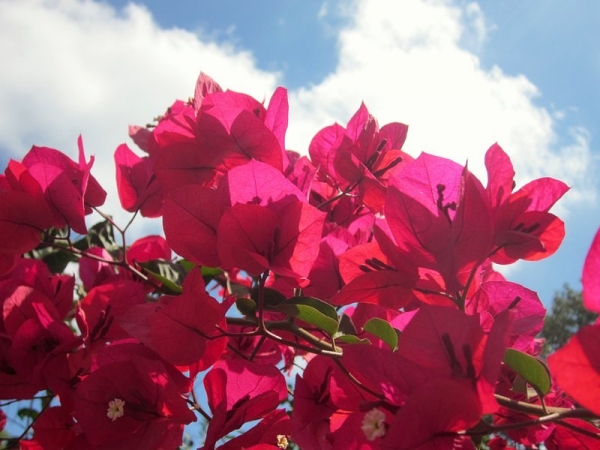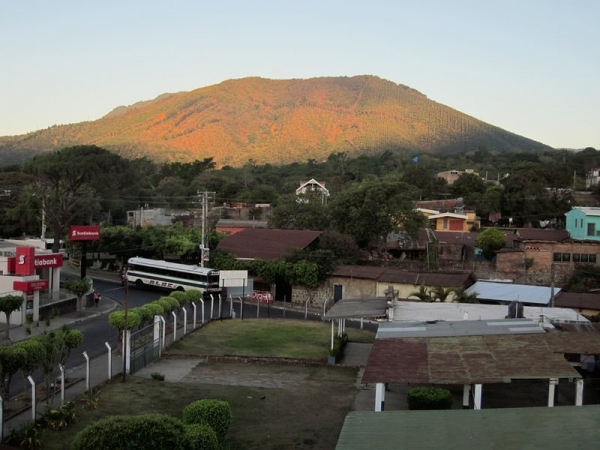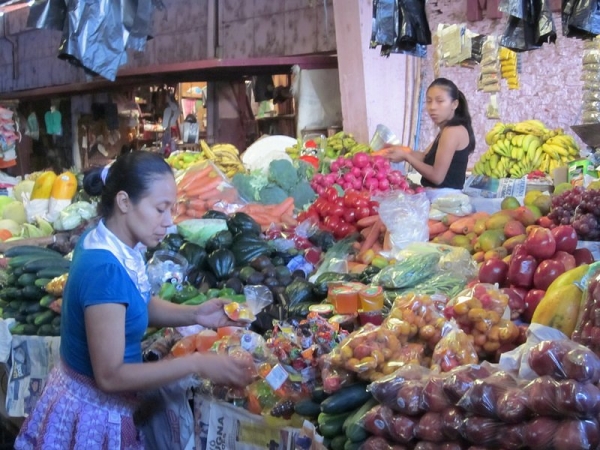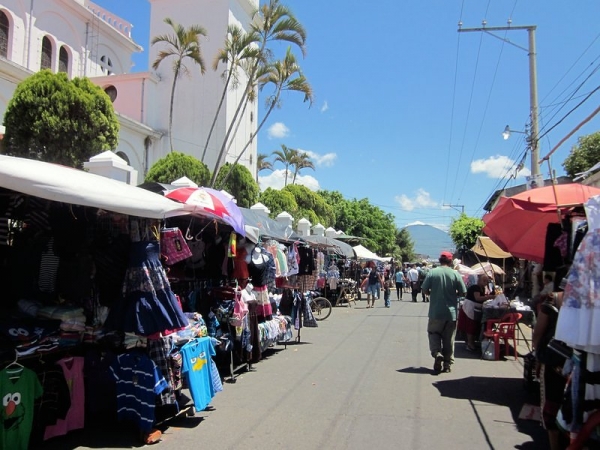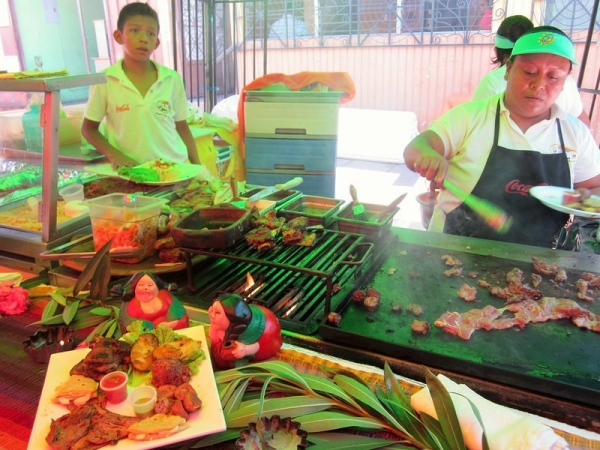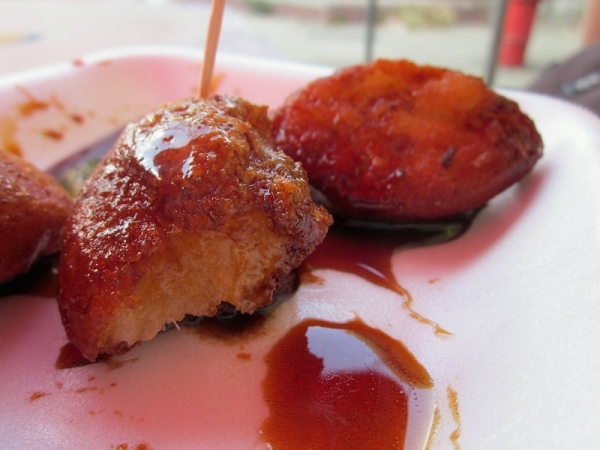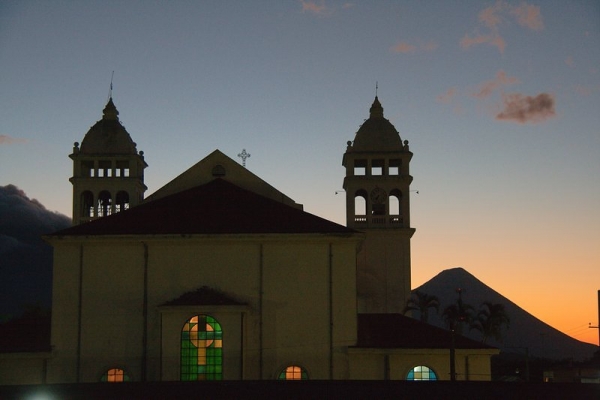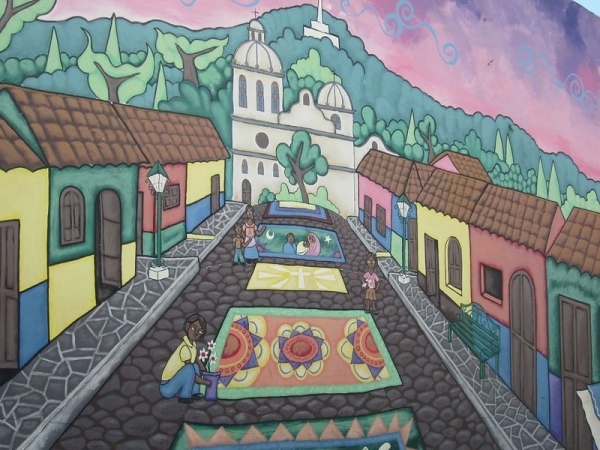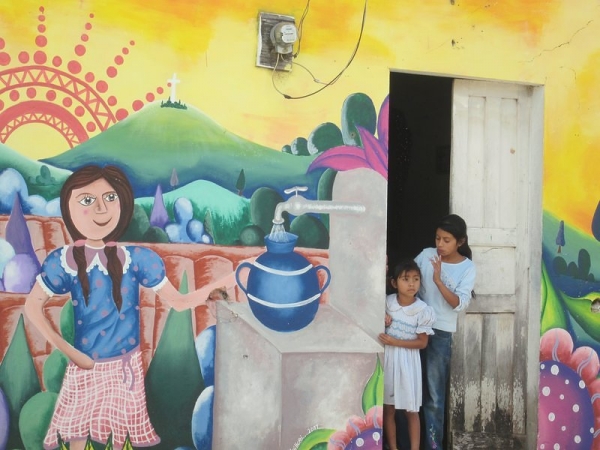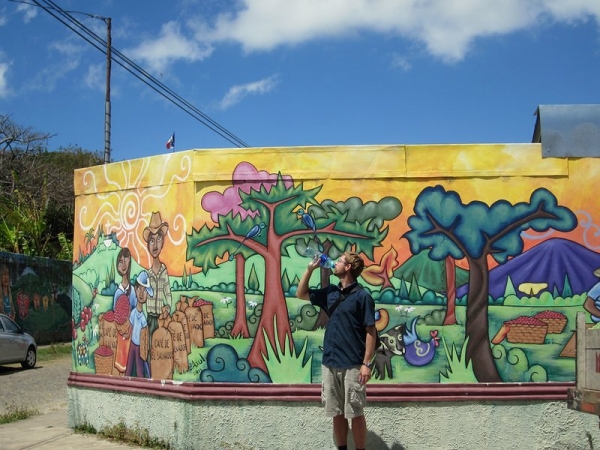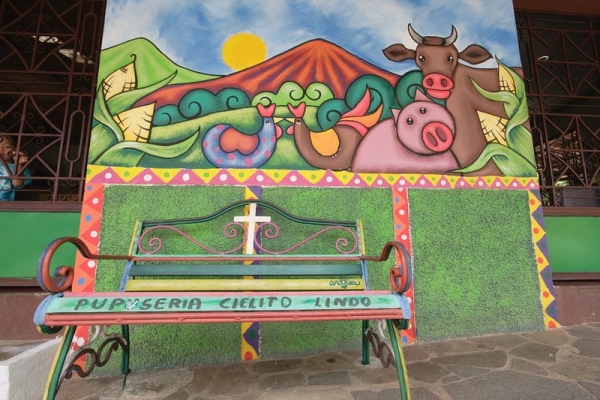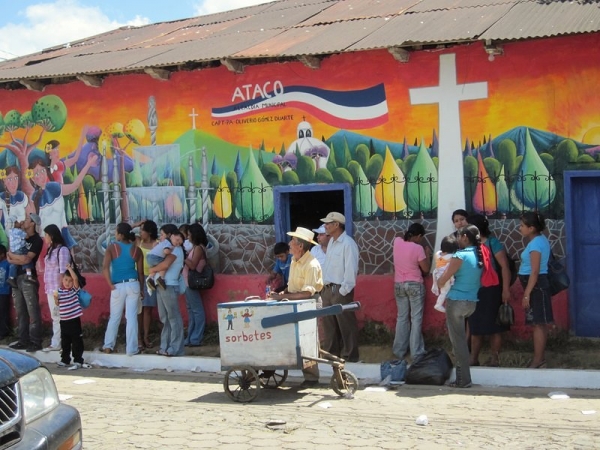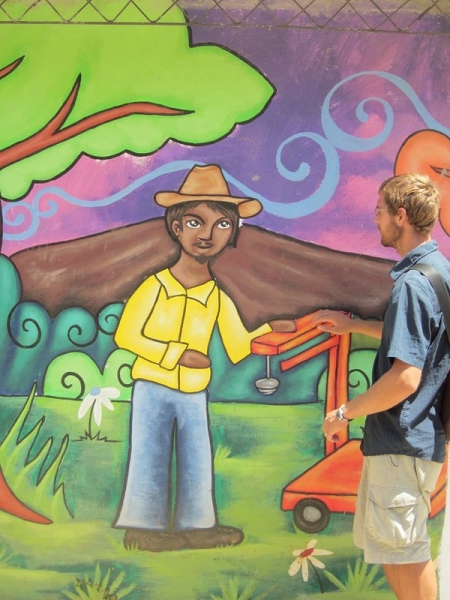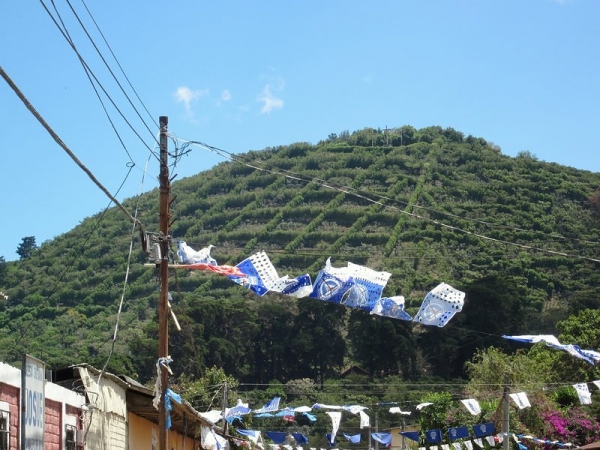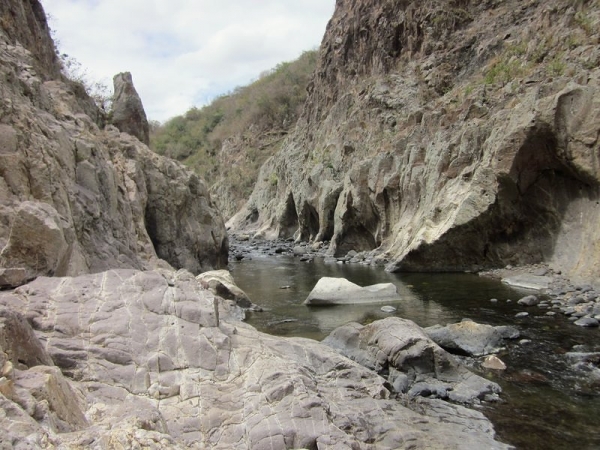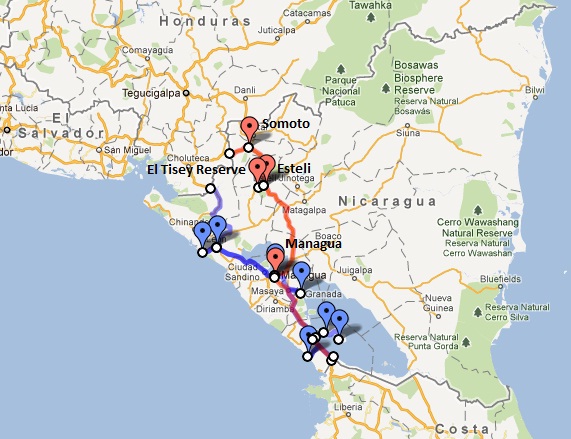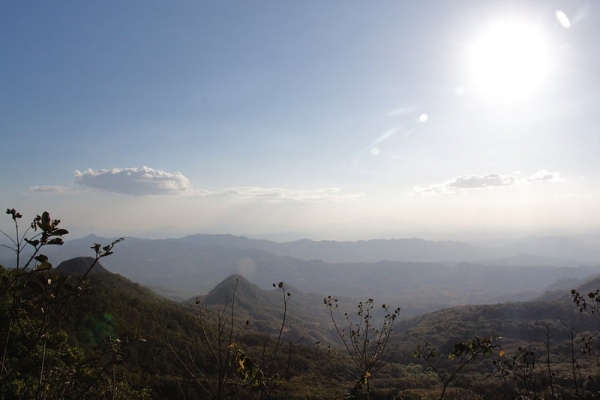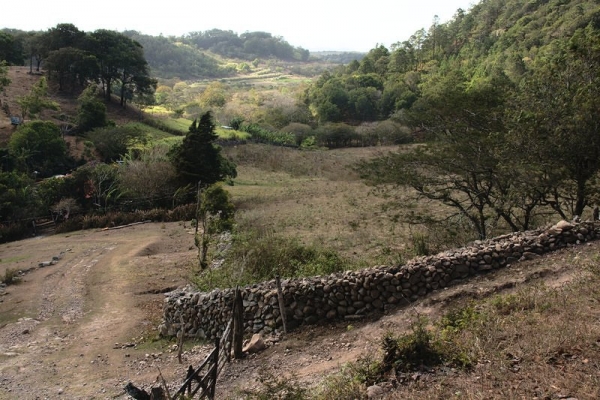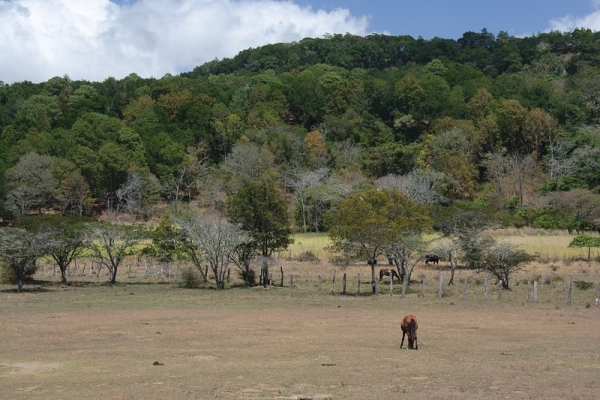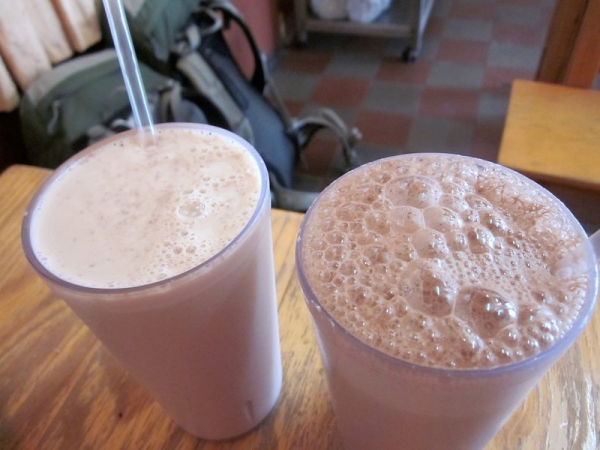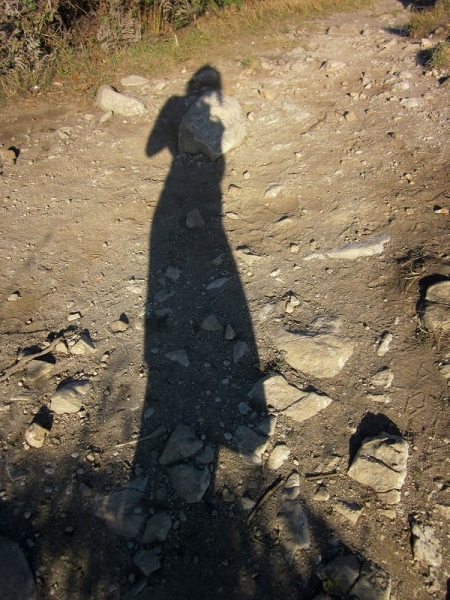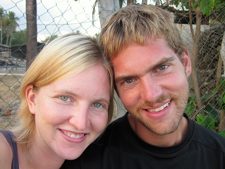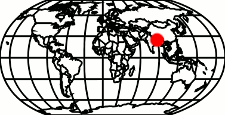I might just as well say this right up front. The subject of this post was probably the greatest thing I’ve done in my life. It’s a game changer for Ashley and I. Since we left home in search of ourselves nine months ago, we have slowly weened ourselves off of material attachment, meat, and alcohol (mostly for financial reasons at first). We’ve spent hours observing people, reading books, and discussing the workings of society among travellers the world over. Probably the most important factor for us has been our detachment from the “system” by which I mean not having to go to work 5 days a week and discussing all of the talking points our modern media has laid out for us to discuss ad nauseam. Unfortunately, you don’t have the benefit of our experience, so please read this with an open mind.
Sorry for the overly lengthy introduction. What I really want to talk about is the 11 day “retreat” Ashley and I had at an El Salvadorian organic farm located about half way between the cities of San Salvador and Santa Ana. We discovered it through a website called HelpX, but you could find them just as easily yourself through WWOOF, Couch Surfing, or even stumble across their blog at http://organicelsalvador.blogspot.com/
The farm is run by Gloria and Mauricio. Mauricio is originally from El Salvador and Gloria is from Columbia. They met at university in the United States where they had the brilliant idea to move to Central America and start a project to help local kids. After travelling Central America for three years looking for the perfect place, they established this organic farm four years ago and have been living the dream ever since.
Welcome to the Farm
The farm itself has no animals, so some might call it a garden. Being part of the wwoofing program, volunteers are expected to work in exchange for room and board. We put in four hour days working 9:00AM to 11:00AM and again between 4:00PM and 6:00PM. Work consisted of a mixture of various projects including decorative projects, recycle projects (I built most of a bed out of scrap wood), harvesting, planting, baking whole wheat bread, shelling cashews, climbing fruit trees, and working with the local kids. They also asked for a monetary donation to help cover the costs of the children’s program which we were happy enough to pay. The donation is a set price, and is on a sliding scale becoming cheaper the longer you stay. Our donation averaged out to $16 per day for the two of us.
The children’s program is really a cultural exchange of sorts. The kids come to learn how to farm without the use of chemicals in a sustainable manner, and to interact with us gringos. Gloria and Mauricio teach them formal English classes, feed them, teach them to cook healthy food and provide money for transportation to and from the farm, while us volunteers work with them on various projects. In this way, we were able to practice our Spanish, which improved immensely, and the kids were able to practice their English. It was a very worthwhile project. The kids got a lot out of it, and so did we.
Working on the Bed
As for meals, we were provided three fully vegan meals a day, and all the fresh fruit we could stomach. There was never any shortage of food, and best of all it was some of the most delicious food either of us have ever eaten. Beyond just providing us with food, we were shown how to prepare various dishes. Naturally we walked away with a pile of new recipes, and a reasonable understanding of how subsist upon, and enjoy, a vegetarian diet.
We were also offered a free Spanish lesson each week. If desired, more could have be purchased at minimal cost.
Outside of the 4 hour work day, there was plenty going on to help us develop mentally and spiritually. The day started off with free yoga. From there, Mauricio was more than willing to discuss his thoughts on self awareness and transcendence (both Mauricio and Gloria are part of the Hare Krishna movement). In fact, their house was a Hare Krishna temple before the civil war in El Salvador and still contains a small altar in a meditation room that we were encouraged to use. Mauricio keeps a good collection of books; all of them were free to read during our stay. He has started to collect thought provoking documentaries which we watched as a group on a regular basis.
Why It Is a Game Changer
To get your head in the right place for this, I’m going to prescribe some documentaries that you have to watch. This is mandatory homework.
- Money as Debt – Best start off by realizing how messed up our society really is.
- The Corporation – Following the same theme as above, we are surrounded by lunacy.
- The Power of Nightmares: The Rise of the Politics of Fear – a BBC series just to keep you questioning the lies that the multimedia giants are feeding you.
- Peaceable Kingdom – A documentary about factory farms. If you don’t become vegetarian after watching this, you have no heart.
- Simply Raw: Reversing Diabetes in 30 days – Are diseases caused by vitamin deficiencies or are they strictly genetic?
- World Without Cancer – An oldie but a goodie, following the same theme as above.
- Gardens of Destiny – A documentary about the Canadian seed bank.
- Garbage Warrior – Why are we building houses when we could be building Earth Ships?
Okay, you finished your homework, right? Oh, not yet… Well that’s okay, there’s a lot of it. Just grab a pen and paper and write down the titles. You can download buy them when you get a chance and watch them over the next couple of weeks. Just don’t forget.
So here’s the truth. We lived 11 days on a vegan diet eating healthy organically grown food, working only 4 hours per day, practising yoga, meditating, and expanding our current view of the world through books, documentaries, and discussions. In only 11 days we had more energy, we felt healthier, and we were way happier than we had ever been.
Organic Food Enthusiasts:
The first thing we noticed was the food. Organic food is more delicious, and full of flavour than the stuff produced by the “green revolution”, chemical rich farming that we are accustomed to. This is because the plants have the time and environmental stimulus needed to develop a whole host of vitamins, minerals, and beneficial chemicals that we as humans should be eating. I’m entirely convinced that the addition of these vitamins to our diet contributed immensely to the way we feel. It is now our goal to supply ourselves with organic food as much as possible. When we say organic food, we are not talking about the “Certified Organic” stuff that you can pay a premium for and purchase from just about any grocery store. We are talking about plants grown from organic seeds in a “natural” environment with all the proper stimulus (birds, insects, disease, the works).
Vegetarians:
Being vegetarian is an ethical issue for us. Now that our eyes have been opened to the way the animals we eat are treated, we just can’t go back to eating meat in the vast quantities that we were before we started this trip. As they say, some things when learned can’t be unlearned. Now don’t get us wrong, we don’t actually have a problem with killing animals and eating them. Our problem lies with the way factory farm operations treat the animals from birth until death, confining them to cages, feeding them food that would kill them except for the copious amounts of antibiotics it’s loaded with, etc. Some of the worst offenders are dairy cows and even more so, egg laying chickens. I’m not quite sure how this will all shake out yet, but for now we have cut out meat and are trying our best to reduce our consumption of milk/egg products.
What it is All About
No Longer Slaves:
The modern day fiat monetary system creates more debt then real currency because of interest. It’s therefore impossible for the world to get out of debt. Looking at it another way, the world will always owe more money than exists, creating in practice a form of modern day slavery that will always require unsustainable growth in consumption and borrowing to keep the system from collapsing.
As an ex politician, I see now that politics are futile. This stems from the realization that politicians don’t have the power to make the decisions that need to be made to “fix” our broken system. The real decisions are made by those who control the media, fund the election campaigns, and decide what industrial projects are undertaken by approving bank loans. Our society can not be fixed, it needs to be abandoned.
Our laws do not just allow, but require companies to maximize profits at the expense of the earth’s resources and it’s people. Scarcity and exploitation are good for profits. We will never live in a world where our basic necessities are plentiful, and our lifestyles are sustainable unless the focus is removed from profitability.
Our food system produces unnatural/unhealthy garbage to put it politely.
But there is a way out, and we intend to take it. All we need to do is quit society. What life beyond society will look like is a subject that we will be exploring for the next little while. To give you some idea of what we are talking about, one of the plans we are considering is to purchase a piece of fertile land about 2 acres in size. With that, we could produce our own organic food, return to a 4 hour work day, connect with nature, and live rich and rewarding lives far superior to what we could possibly hope to find inside the “system”.
Mauricio’s farm… this could be our future
When we look to the future, we see ourselves not as reclusive hermits, but as a part of a community of like minded people. An organic community filled with people who are also fed up with “the greatest invention of man kind” (society) and want to live richer fuller happier lives. At this point, we don’t know where we’ll end up (geographically), or what we will end up doing. In fact there is a tonne that we don’t know just yet, so in the interim, we are going to keep travelling, explore more of the world, connect with more people, and research. But the day will come where we will have our F-R-E-E-D-O-M!
What do you think? Surprised? Think we are idiots? Wish you could join us? Please, Please, Please all comments, suggestions, and criticisms are welcome. This is not a small step for us, and we want your help in considering it fully. Please add your comments to the discussion.
